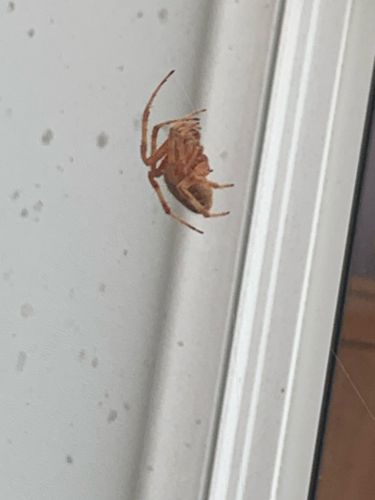Orb-weaver spider
Scientific Name: Araneidae (Family)
Order & Family: Order: Araneae, Family: Araneidae
Size: Typically 2 mm to 30 mm (body length), with females often larger than males.

Natural Habitat
Gardens, forests, fields, and around human structures where they can build webs.
Diet & Feeding
Mainly insects and other small invertebrates caught in their webs.
Behavior Patterns
Orb-weavers are known for constructing intricate, circular (orb-shaped) webs to catch prey. They are generally active at night, repairing or rebuilding webs daily. Many species hang head-down in the center of their web or hide nearby, sensing vibrations.
Risks & Benefits
Risks: Most orb-weavers are not considered dangerous to humans. Their bite is generally mild, similar to a bee sting, and rarely requires medical attention. Benefits: They are beneficial predators, controlling populations of various insects (e.g., flies, mosquitoes, moths) that can be pests to humans or agriculture.
Identified on: 10/18/2025